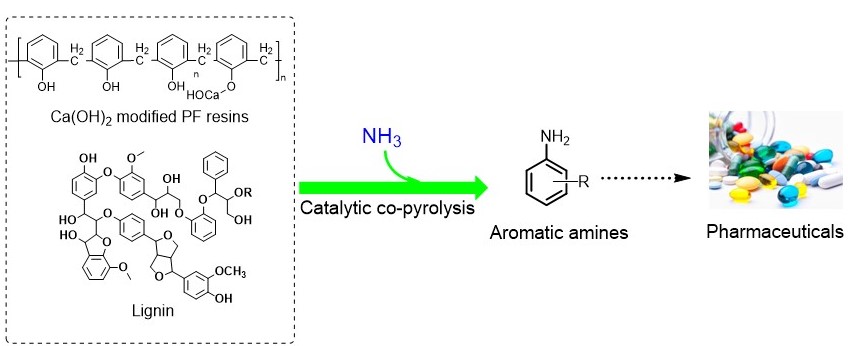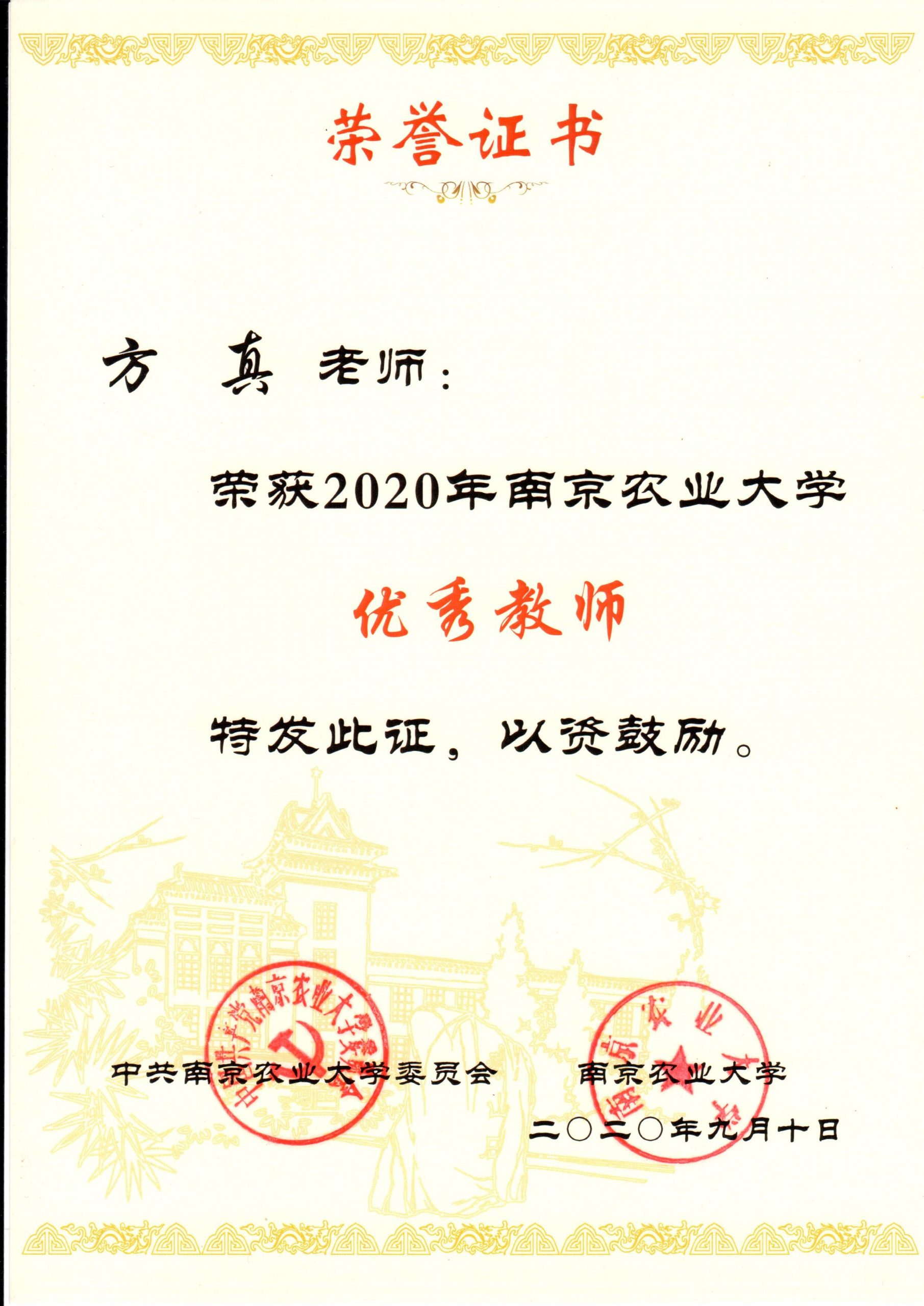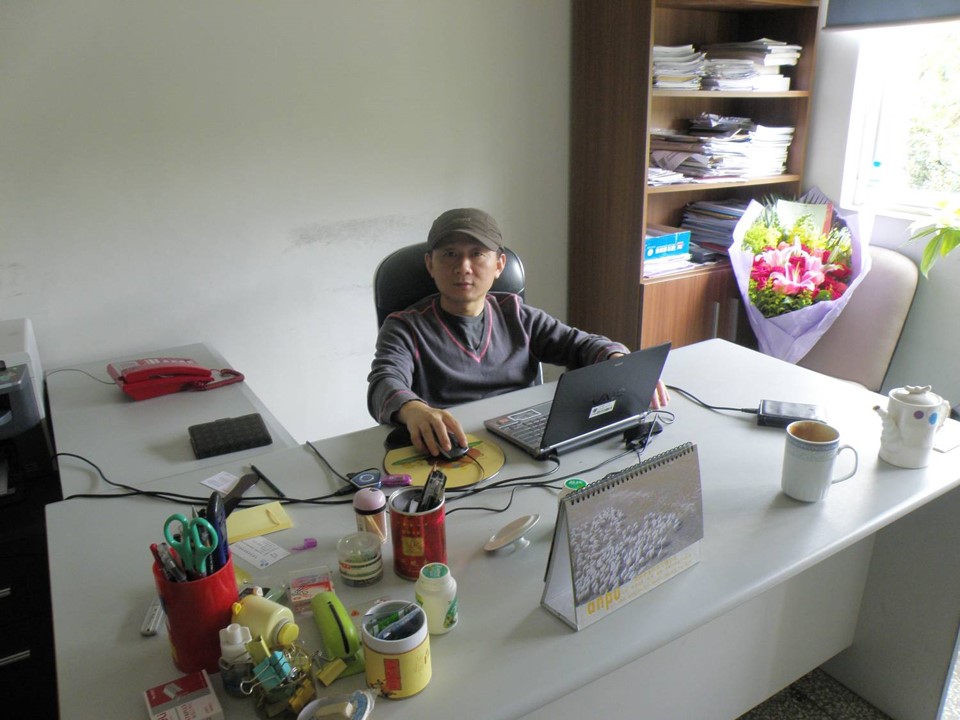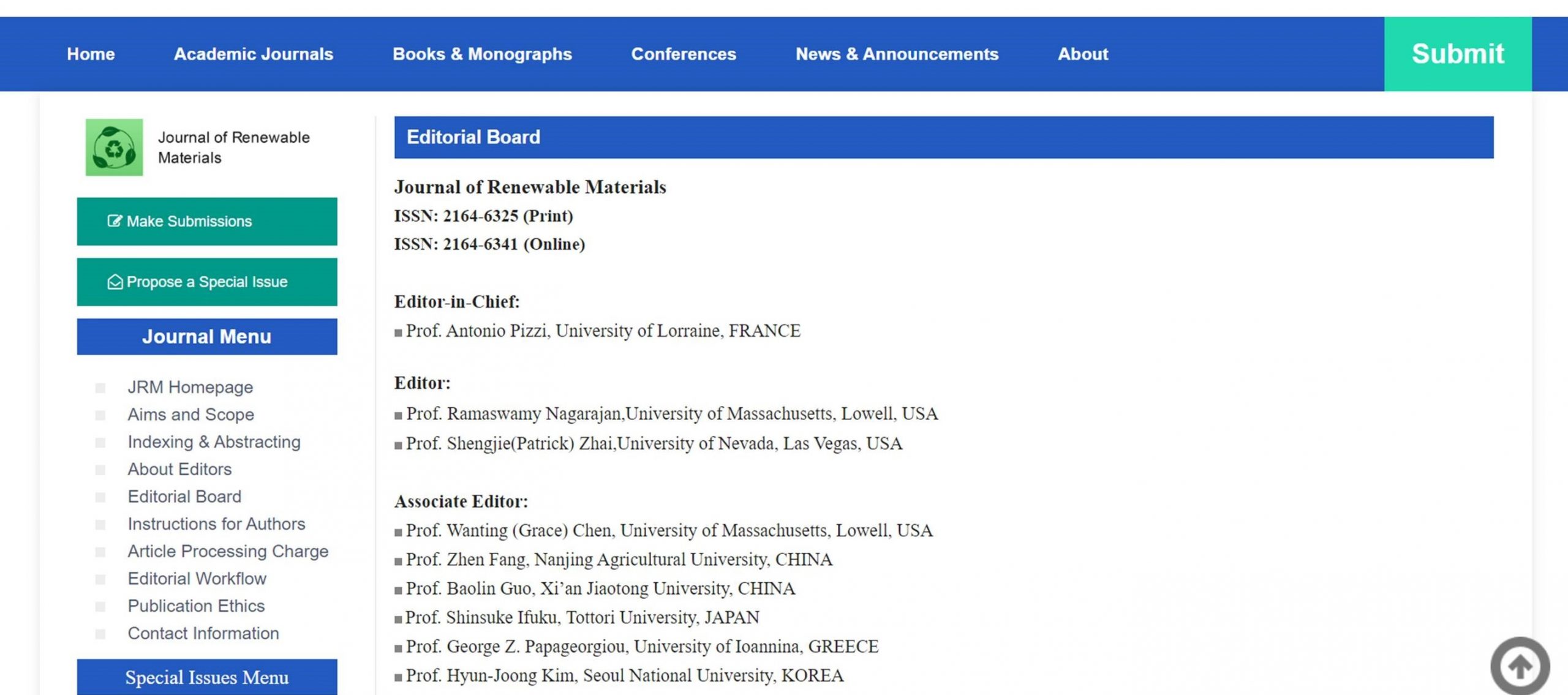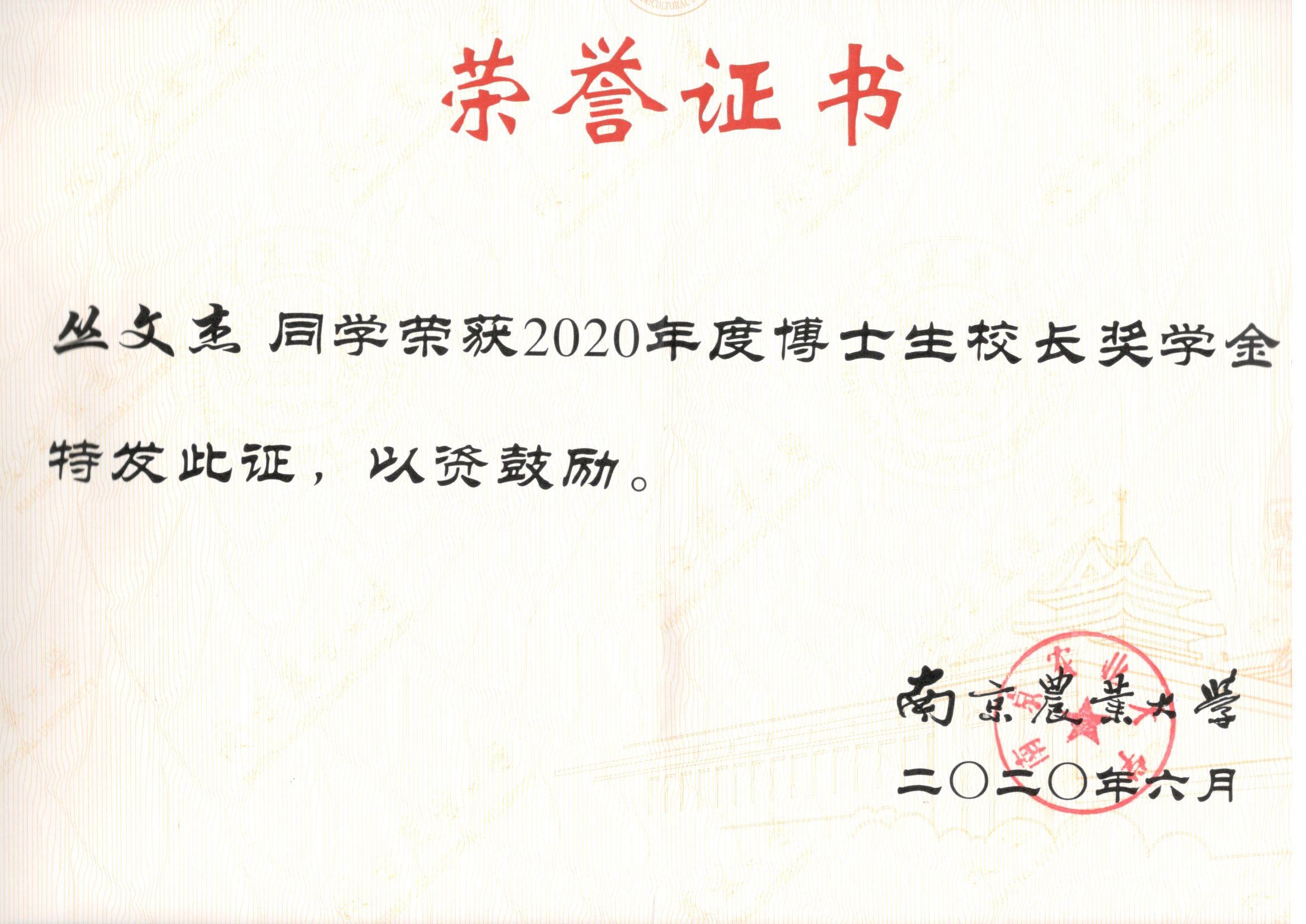The Springer book “Production of Materials from Sustainable Biomass Resources” (2019) edited by Zhen Fang*, RL Smith, Jr, XF Tian, wins the prestigious ‘Springer-Nature China New Development Awards‘ in 2020. Springer Nature granted “China New Development Awards” to the Chinese authors of 10 scholarly books selected from the 1000 books published in 2019 in recognition of their exceptional contributions to the delivery of the UN Sustainable Development Goals (SDGs).
In September 2015, the 193 Member States of the United Nations adopted the 2030 Agenda for Sustainable Development, calling for action by all countries to achieve the 17 Sustainable Development Goals by 2030. The 2030 Agenda provides a framework for all governments, businesses, organizations and society to work together to solve the world’s biggest challenges, such as poverty, inequality, climate change, environmental degradation, and peace and justice. Springer Nature, one of the world’s leading academic publishers, supports delivery of the SDGs through its publishing programme by sharing the discoveries that address the challenges of sustainable development.
Dr. Linxiu Zhang (Director UNEP-IEMP) congratulates the winning authors and expresses her expectation for the future awards. Dr. Niels Peter Thomas (Managing Director, Books, Springer-Nature) and Mr. Arnout Jacobs (Managing Director,Greater China) explain the value of these Awards as well as praise the achievements in sustainable development research from China.
Academic books are used by authors to summarize and share their long-term research findings at a certain stage of their careers. Compared with journal papers, they are more complete and comprehensive in topic coverage, and are written more systematically. They also feature a longer shelf life; in particular, some classics on fundamental research and works used as textbooks remain long-standing because of their enduring academic and ideological values. Therefore, academic books have their unique role and advantage in helping understand and solve complicated, sustainability issues spanning across different aspects of knowledge.
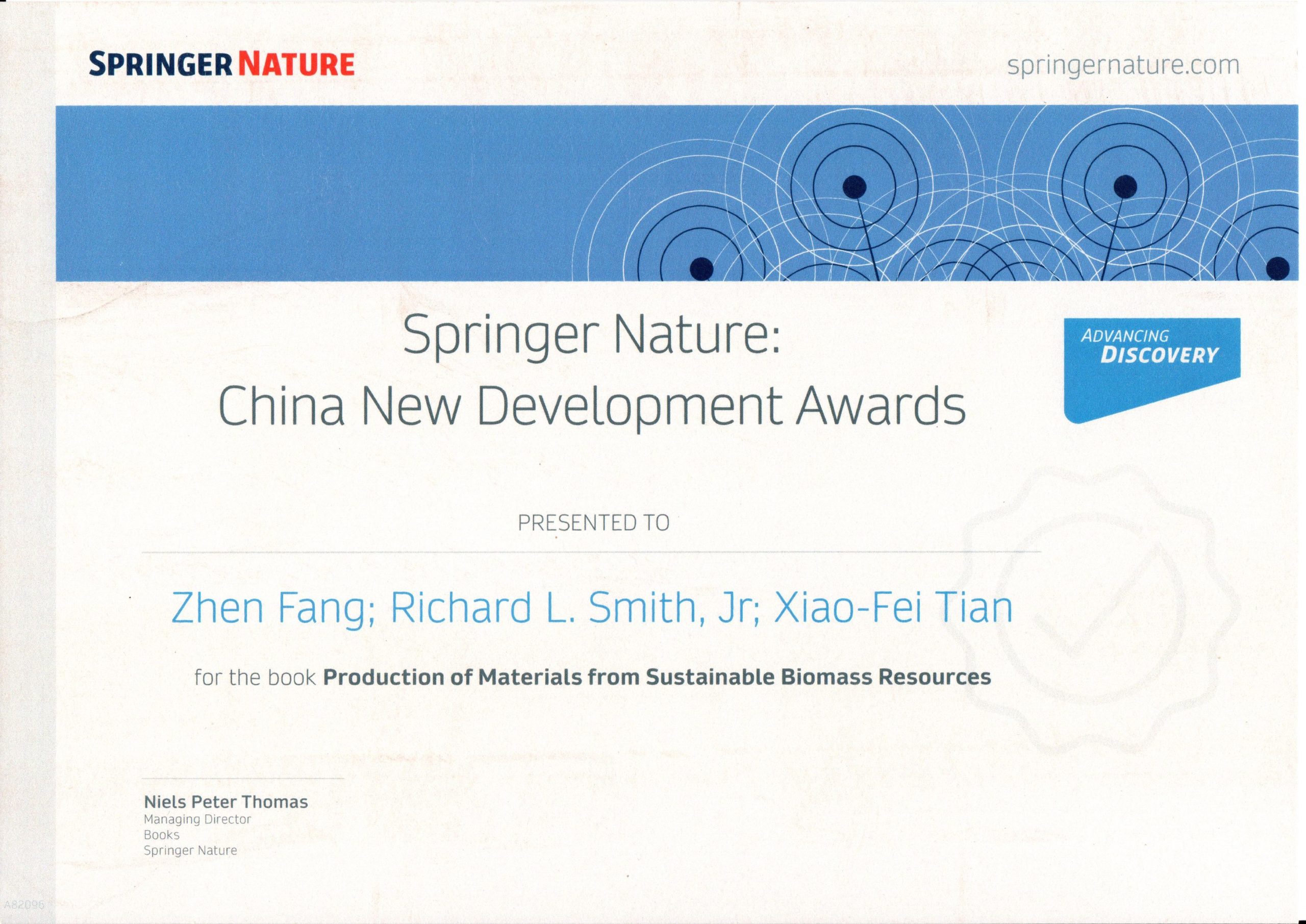
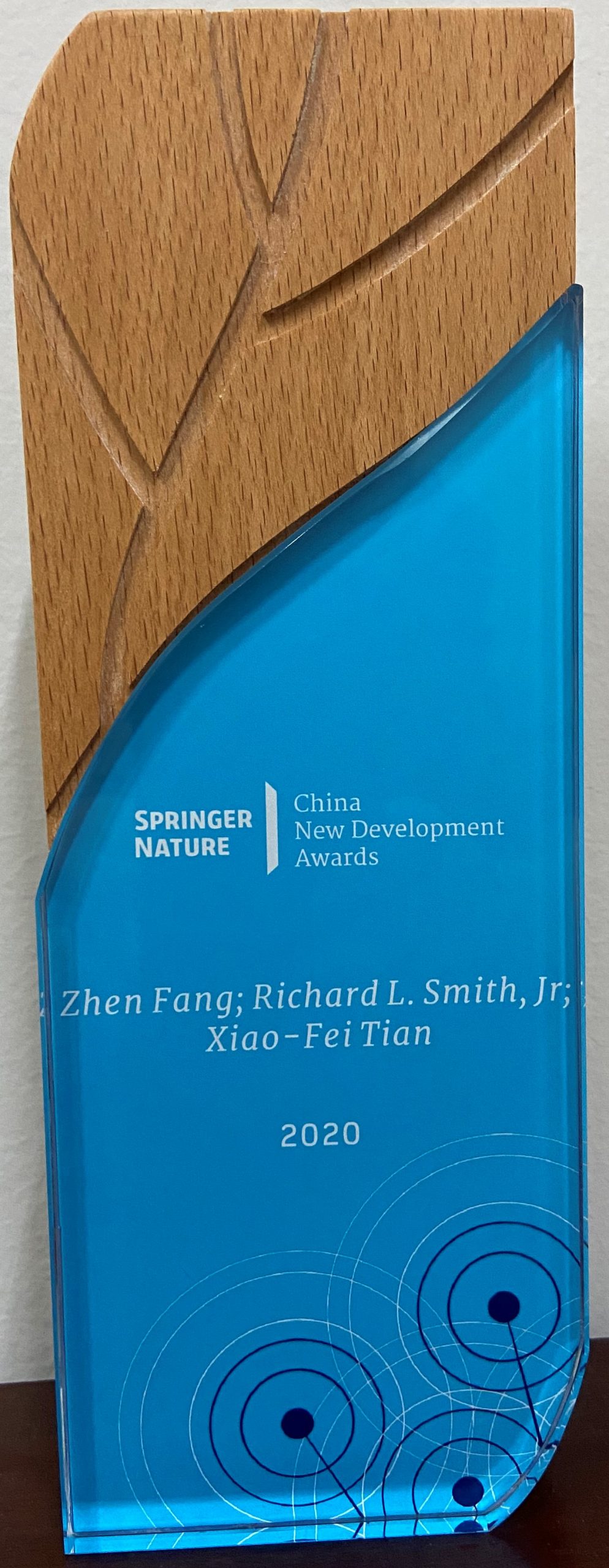
方真教授等主编著作荣获2020施普林格·自然“中国新发展奖”
2020年9月28日,施普林格•自然(Springer Nature)宣布10部学术图书荣获今年的“2020中国新发展奖” (China New Development Awards),以表彰中国学者对全球可持续发展目标所作出的杰出贡献。由方真,RL Smith Jr和田霄飞编辑的专著”Production of Materials from Sustainable Biomass Resources“(《可持续生物质资源生产材料》,2019年Springer出版)获“2020中国新发展奖”。
今年的获奖图书,评选自2019年为中国学者出版的近1000多册图书和会议论文集,出版方是施普林格•自然旗下的两大出版机构——施普林格(Springer)和帕尔格雷夫•麦克米伦(Palgrave Macmillan)。获奖图书覆盖环境科学、人工智能、工程、社会科学,以及商务和经济学等各个学科领域,每部书的研究课题都涉及联合国17个可持续发展目标中的一个或多个目标。其中有4部聚焦于环境和可持续课题,如水资源管理、水文气象预测、环境可持续性和生物质材料,两部是有关免疫和老龄化等人类健康福利的课题,还有两部专注于人工智能和智能机器人。
张林秀博士(联合国环境署国际生态系统管理伙伴计划主任)向获奖作家表示祝贺,并对未来的奖项表示期待。Niels Peter Thomas博士(Springer Nature图书公司董事总经理)和Arnout Jacobs先生(大中华区总经理)解释了这些奖项的价值,并赞扬了中国在可持续发展研究方面取得的成就。
Acceptance speech (获奖感言)
“Production of Materials from Sustainable Biomass Resources”
Zhen Fang, Richard Lee Smith Jr, Xiao-Fei Tian
We are very honored to receive the Springer Nature: China New Development Awards for Biofuels and Biorefineries, “Production of Materials from Sustainable Biomass Resources,” Series Editor: Zhen Fang and Editors: Zhen Fang, Richard Lee Smith Jr and Xiao-Fei Tian. This is Volume 9 in the series and presently we have completed 10 highly-cited volumes (with 160k chapter cites and 3 books listed “Among the top 25% most downloaded eBooks”) ” with Volume 11 in progress:
Biofuels and Biorefineries Springer Nature Series:
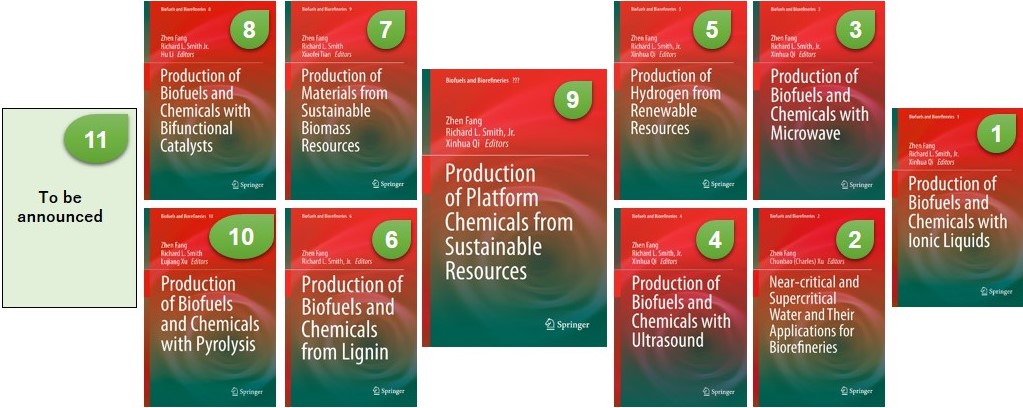
1.Production of Biofuels and Chemicals with Ionic Liquids by Zhen Fang, R. L. Smith, Jr., X. Qi, 2014
2.Near-critical and Supercritical Water and Their Applications for Biorefineries by Zhen Fang, C Xu, 2014
In each volume, advances in a technological area as it relates to biofuels and biorefineries are described by world-class researchers in the field. Each chapter is peer-reviewed and meticulously copy-edited to give Series Readers a polished presentation and Chapter Authors a highly-satisfying product and publishing experience.
Volume 9 is arranged in five parts:
(I) Isolation and Purification of Lignocellulose Components in which products produced from hemicellulose are considered.
(II) Composite Polymers Derived from Lignin and Cellulose in which production of anti-oxidants from lignin and cellulose or the numerous applications of nanocellulose are considered.
(III) Functional Materials Derived from Cellulose and Lignocelluloses in which the hot topic of biochars is considered with examples in electrochemical capacitors, selective and sustainable catalysts, electrodes and energy devices is considered.
(IV) Biomass Pellets as Fuels in which commercial application of pelletization is considered in power generation scenarios and systems. Both chemical (fuel value) and mechanical aspects of pelletization are considered.
(V) Biosynthesis of Polymers from Renewable Biomass in which biochemical methods for the production of lactic acid (LA)-based polymers and oligomers is considered. Of note is the overview on biopolyesters, polyhydroxyalkanoates (PHAs) and polylactic acid (PLA), since these can be expected to replace petrochemical-derived plastics in the near future.
Volume 9 has 12 Chapters:
Chapter 1 summarizes current reports on extraction, purification, chemical com-ponents, structural features, and functional properties of xylan. The preparation of xylan derivatives and xylan-based materials, as well as their potential applications, is discussed. Chemical modifications applied to functionalize xylan, especially to modify its thermo-plasticity, hydrophobicity, conductivity, and stimuli responsiveness, are highlighted. Chapter 2 introduces a detailed literature review on how lignin fits into the growing market for antioxidants, especially as replacements for polyolefins, and discusses hydrolytic depolymerization processes showing how depoly-merization can improve the antioxidant activity of commercial lignin and how the mechanical properties are affected after incorporating lignin into polymer matrices. Chapter 3 focuses on the properties and use of nanocellulose to achieve favorable strength and barrier properties, as well as in coating and paper sheet forming. Chapter 4 describes cellulose derivatization approaches and advanced material designs that have been realized and materials that have potential application in bio-medical areas. Chapter 5 gives a state-of-the-art overview of biochar production, characterization, and applications in nontraditional areas. Potential use of biochar for environmental remediation and for water desalination is demonstrated, as well as sustainable energy applications related to supercapacitors and electrochemical sensors. Chapter 6 covers progress on fabrication of biomass-derived nanostructured carbon materials for use as carbon electrodes. Correlations between carbon structures and electrochemical properties are summarized along with performance aspects. Chapter 7 summarizes the characteristics and properties of biomass-derived catalysts and metal-free functionalized carbocatalysts and shows comparisons to catalysts from other carbon sources and materials. The biomass-derived carbonaceous catalysts used in biodiesel production, gasification, and electro-Fenton oxidation reaction are reviewed. Chapter 8 introduces designs, structural features, and chemical and physical activation of engineered biocarbon-based materials with a focus on the application and performance differences of novel engineered biochars in lithium-ion batteries. Chapter 9 provides a state-of-the-art review of biomass pel-letization on the laboratory, pilot, and industrial scales with particular emphasis on its implementation in power generation. The chapter is rich with examples on the status of large-scale biomass pellets firing and co-firing of worldwide operations. Chapter 10 presents an overview of property differences among biocarbons produced from different thermal processes, including pyrolysis, gasification, and hydrothermal treatment. Of particular importance is the use of biocarbon in the steel industry to reduce carbon dioxide emissions. Techno-economic and environmental aspects of biocarbon pellet combustion are analyzed. Chapter 11 highlights the effects of the raw materials, binders, pretreatment, and process parameters on pellet design and the pelletization process and includes practical models for development. Mechanical aspects of charcoal and wood pelletization are covered with actual examples that have resulted in commercial materials. Chapter 12 provides opportunities and challenges regarding the production of lactic-acid-based polymers and related oligomer precursors using genetically modified organisms and engineered enzymes. Future developments show the advantages of using biological techniques to replace fossil fuel feedstocks.
Acknowledgments
We would like to heartily acknowledge both the many dedicated authors and reviewers, who like ourselves, take great pleasure in developing or helping to develop, scientific works that have clear and lasting value.
We would also like to acknowledge the support of our Editorial Board members:
Professor Jamal Chaouki, Polytechnique Montréal, Canada;
Professor Liang-shih Fan, Ohio State University, USA;
Professor John R. Grace, University of British Columbia, Canada;
Professor Yonghao Ni, University of New Brunswick, Canada;
Professor Vijaya Raghavan, McGill Univ., Canada;
Professor Norman R. Scott, Cornell University, USA;
Professor Richard L. Smith, Jr., Tohoku University, Japan;
Professor Ying Zheng, Univ. of Edinburgh, UK.
Finally, we would like to thank the Springer-Nature staff, with special mention being given to Ms. Becky Zhao (Senior Editor) and Ms. Abbey Huang (Editorial Assistant) for all of their encouragement, guidance and assistance during our endeavors. Especially, we are grateful to the many Springer-Nature production staff who have provided us with carefully crafted proofs, valuable suggestions and polish that have made each volumes brightly shine that have lead to Biofuels and Biorefineries becoming one of the top-tier downloaded Series.


